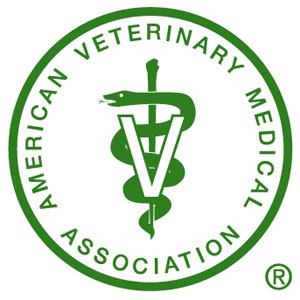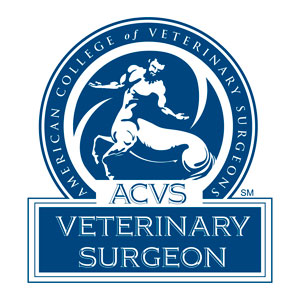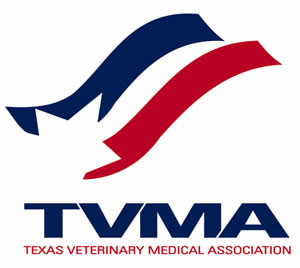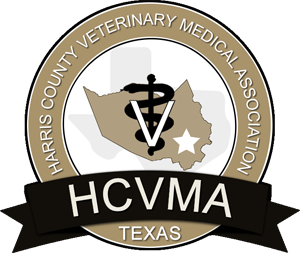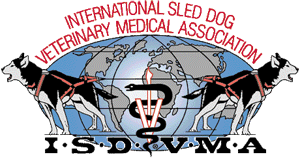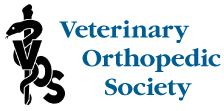Total Hip Replacement Risks and Complications
Complications associated with Total Hip Replacement surgery in dogs should be clearly understood before scheduling surgery. Fortunately, after performing hundreds of total hip replacement procedures, complications have been minimized and the overall complication rate is low. However, the risk of complications still exists and always will – just as a person would have if the same procedure were performed on a human. We expect over 95% of the hip replacements to be fully functional for the duration of the dog’s life.
Anesthesia is one of the risks. This risk is extremely low, but the risk will never be 0%. The anesthetist, who is dedicated to the patient’s anesthesia, monitors anesthesia continuously. Parameters that are monitored during anesthesia include: EKG, oxygen saturation of the blood, respiration rate, blood pressure, and temperature.
The risk of infection is less than 0.5%. Like anesthesia, the risk will never be 0%. We take every possible precaution to prevent infection. Assurance that the skin is clean by bathing your dog before surgery is just one precaution. Surgery will not be performed if the skin is unhealthy or if an infection is detected in some other part of the body, e.g., ears, teeth, feet, or urinary tract. Rarely, the hip joint itself is already infected prior to surgery. If this goes undetected, it will cause problems later. Infection can also arrive at the prosthesis through the blood at some later date in life. For this reason, if your dog has had a hip replaced and gets an infection in some area of the body in the future, that infection should be promptly treated.
Luxation of the hip after surgery can occur as a result of a fall or over-activity during the first two weeks. If your dog slips and goes “spread eagle”, the hip can pop out of the socket. Likewise, a bad fall on the hip can also create problems. Being careful postoperatively is very important. Once your dog is rehabilitated, it takes some type of trauma to cause the joint to luxate. A luxation usually means that another surgery will be necessary. You must provide good traction for the first 6 weeks after surgery.
Loosening of the components can occur with time. The probability of this problem is proportional to your dog’s level of activity. Extremely active dogs, such as hunting dogs that work strenuously, are more likely than companion dogs to loosen their implants.
Sciatic nerve injuries are rare because the nerve is distant to the surgery site. However, a temporary weakness can be associated with this unpredictable complication. The risk is higher in older patients that have advanced stage osteoarthritis at the time of surgery.
A femur fracture occurs most commonly in the middle of the bone near the lower end of the prosthesis. Dogs that are old and/or have had previous surgery around the hip joint are considered as higher risk. Some fractures occur due to over-activity during the first two months after surgery. During rehabilitation, the bone will gain strength. That in turn decreases the risk of this complication in the future. If the femur fractures, it is repairable and the hip replacement usually is not affected.
A patella luxation can occasionally occur after a total hip replacement. Abnormal conformation or biomechanics of the leg that happened during the growth and development period of puppy-hood is typically the underlying cause. Symptoms may or may not be present prior to THR surgery. However, normal activity on a pain free hip after THR rehabilitation may lead to symptoms of a patella luxation. Similar problems can arise with anterior cruciate ligament injuries.
Pulmonary embolism, also referred to as clots, fat globules, or bits of bone marrow traveling from the surgery site into the lungs, can occur. The incidence of symptoms is not known, but can be estimated at about one in five hundred dogs. It is likely that some emboli travel to the lungs during surgery in a high percentage of dogs. Fortunately for dogs, they are able to cope with the emboli in their lungs better than people. Therefore, it is extremely rare that the emboli are of any consequence. However, when this complication arises, it can be fatal.
You can rest assured we will take every precaution possible to minimize all risks as we strive to improve the quality of your companion’s life. Nursing care at home is very important. We will count on you to closely follow all aftercare instructions carefully. You are part of the team. Avoiding risks and complications is as important to us as it is to you. With this in mind, we can strive to avoid additional surgery on your dog as well as the extra expense you would incur.
Copyright © 2017, Global Veterinary Specialists. All Rights Reserved






